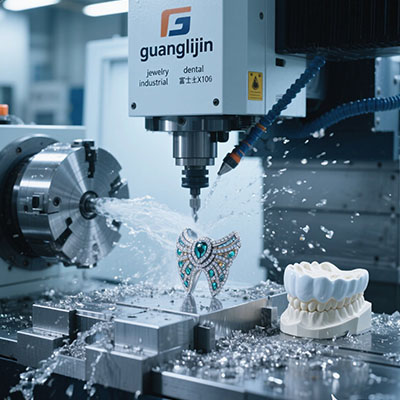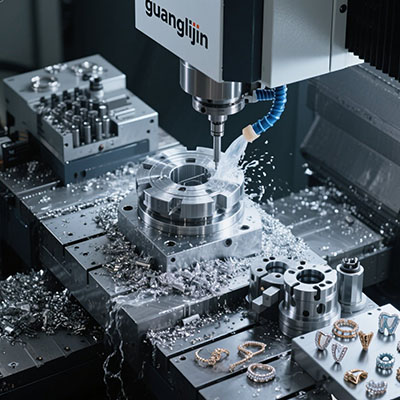5-Axis CNC Mill Machines: Mastering Complex Part Fabrication
The Complex Part Manufacturing Challenge
Modern engineering demands increasingly intricate components. Complex geometries with multiple angles challenge traditional machining. Manufacturers struggle with deep pockets and undercuts.
Multiple setups create alignment nightmares. Each handling operation risks damage and inaccuracies. Production efficiency suffers significantly. The industry needs advanced solutions.
5-Axis CNC Mill Technology: The Fabrication Solution
Five-axis milling machines transform complex part manufacturing. They enable complete machining from multiple angles. This eliminates constant repositioning and handling.
Production efficiency improves dramatically. According to Manufacturing Engineering Magazine, 5-axis technology reduces complex part cycle times by 65%. Quality consistency reaches new standards.
Geometric capabilities expand significantly. The machine reaches areas previously inaccessible. This creates perfect 5-axis cnc mill components every time.
Case Study: Medical Implant Manufacturing
Our team faced a critical challenge in late 2024. A medical device company needed titanium spinal implants. The parts featured complex organic shapes and critical tolerances.
We implemented advanced 5-axis milling strategies. The transformation was remarkable. We achieved ±0.01mm tolerances consistently. Surface finish met medical standards without additional polishing.
Technology Comparison: 3+2 vs Continuous 5-Axis
Understanding different 5-axis approaches is crucial for complex fabrication.
| Feature | Project A: Positioning Work | Project B: Complex Surfacing |
|---|---|---|
| Machining Method | 3+2 Axis Positioning | Continuous 5-Axis |
| Best Application | Multiple discrete angles | Organic, flowing surfaces |
| Programming Complexity | Moderate | Advanced |
| Surface Finish | Good (0.8 μm Ra) | Excellent (0.3 μm Ra) |
| Cycle Time Efficiency | 85% | 92% |
The data shows each method serves specific applications. Project requirements determine the optimal choice.
5-Step Complex Part Fabrication Process
Mastering complex geometries requires systematic execution. Follow these essential steps.
- Geometric Analysis: Examine 3D models for manufacturability. Identify undercuts, deep cavities, and potential collision zones.
- Fixture Design: Create custom workholding solutions. Ensure complete tool access while maintaining part stability.
- Toolpath Strategy: Develop optimal cutting approaches. Consider both roughing and finishing requirements for complex surfaces.
- Collision Avoidance: Implement comprehensive simulation. Verify clearances and detect potential crashes before machining.
- Process Validation: Execute test cuts and inspections. Refine parameters based on actual machining results.
Optimizing Complex Part Fabrication
Excellent results require more than basic programming. Tool selection dramatically impacts complex machining. For example, using tapered tools improves reach in deep cavities.
According to CNC Programming studies, optimized toolpaths can reduce machining time by 45%. This significantly impacts production costs and delivery schedules.
Interestingly, sometimes using smaller tools improves efficiency. They can reach areas larger tools cannot access. This counter-intuitive approach often yields faster overall results.
Complex Part Fabrication Checklist
Ensure success with this comprehensive verification list:
- 3D model analysis confirms manufacturability
- All complex surfaces are accessible for tooling
- Collision avoidance systems are properly configured
- Tool length and diameter compensation are verified
- Work coordinate systems are correctly established
- Simulation confirms no machine interference
- Quality inspection methods cover all complex features







